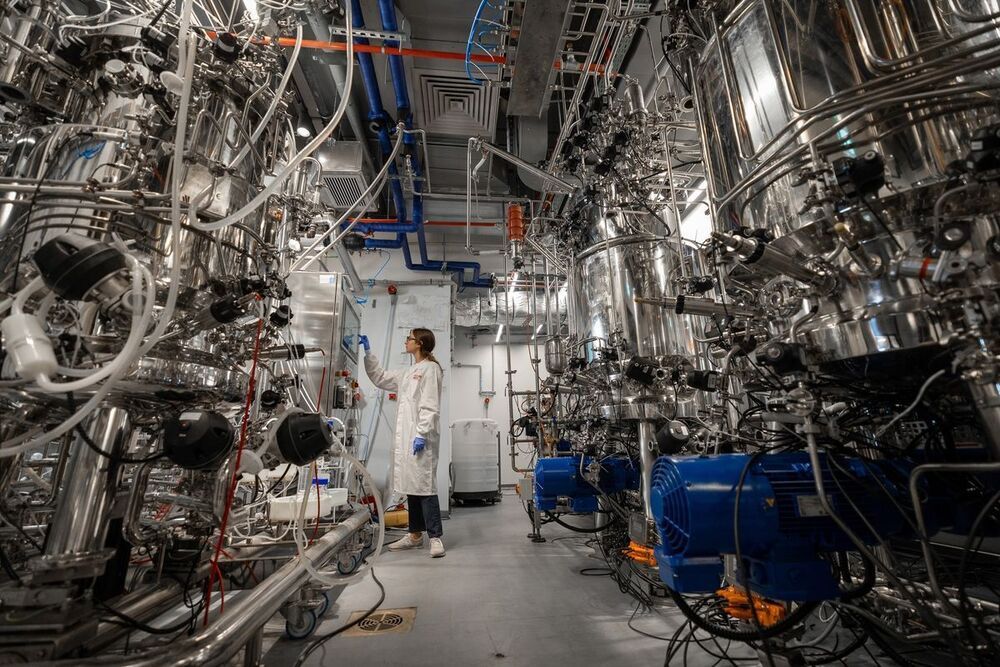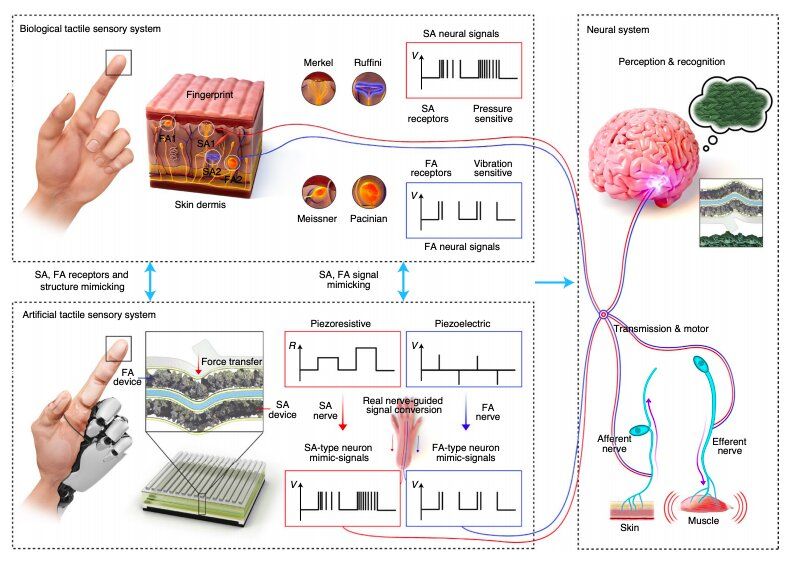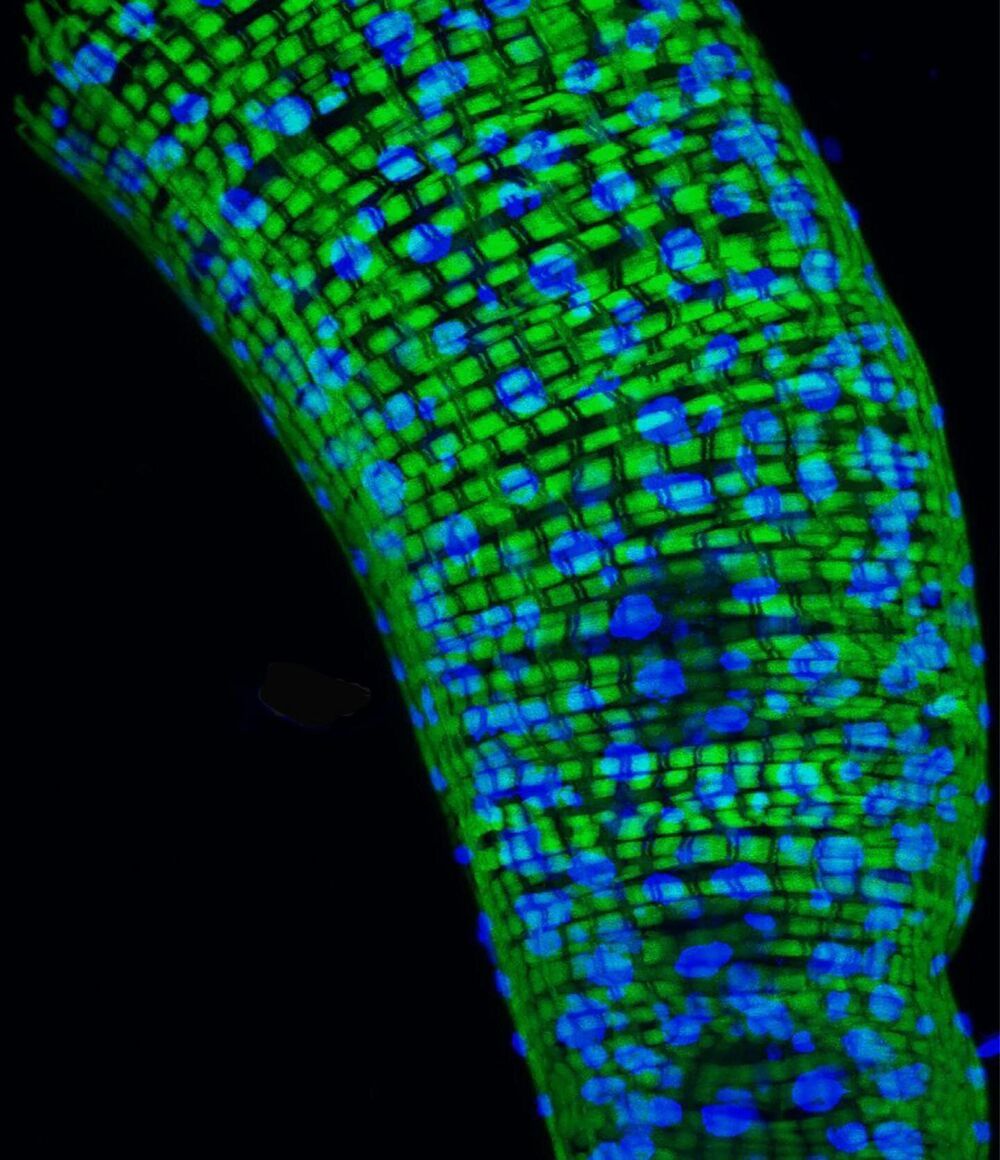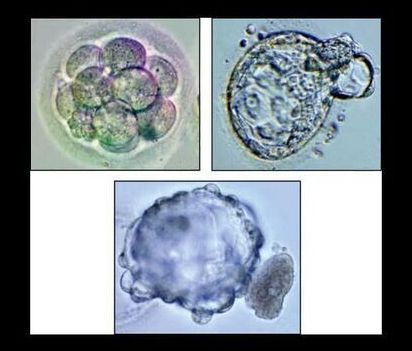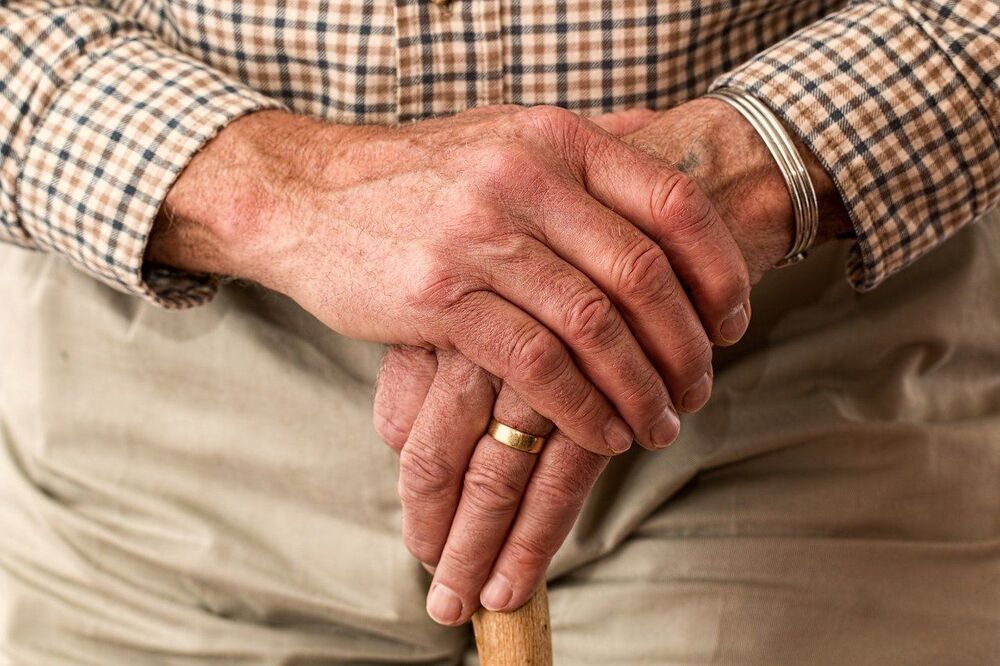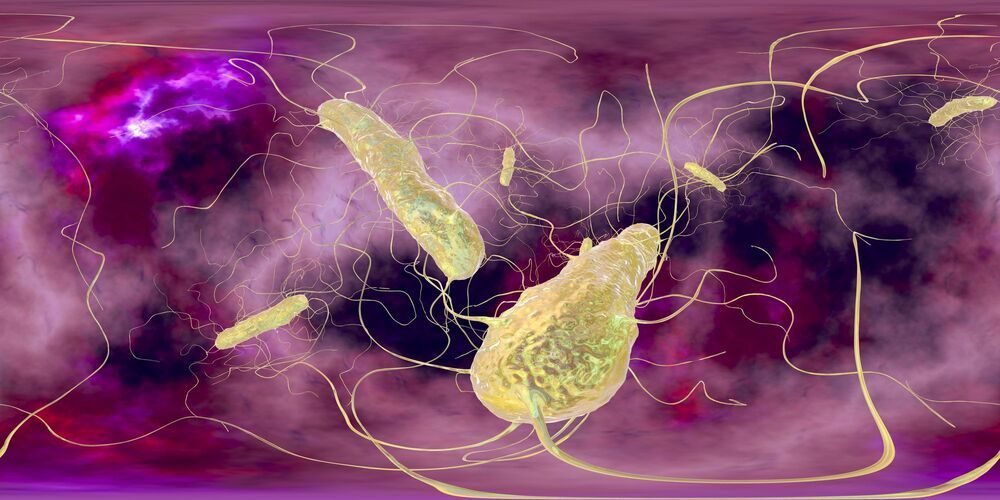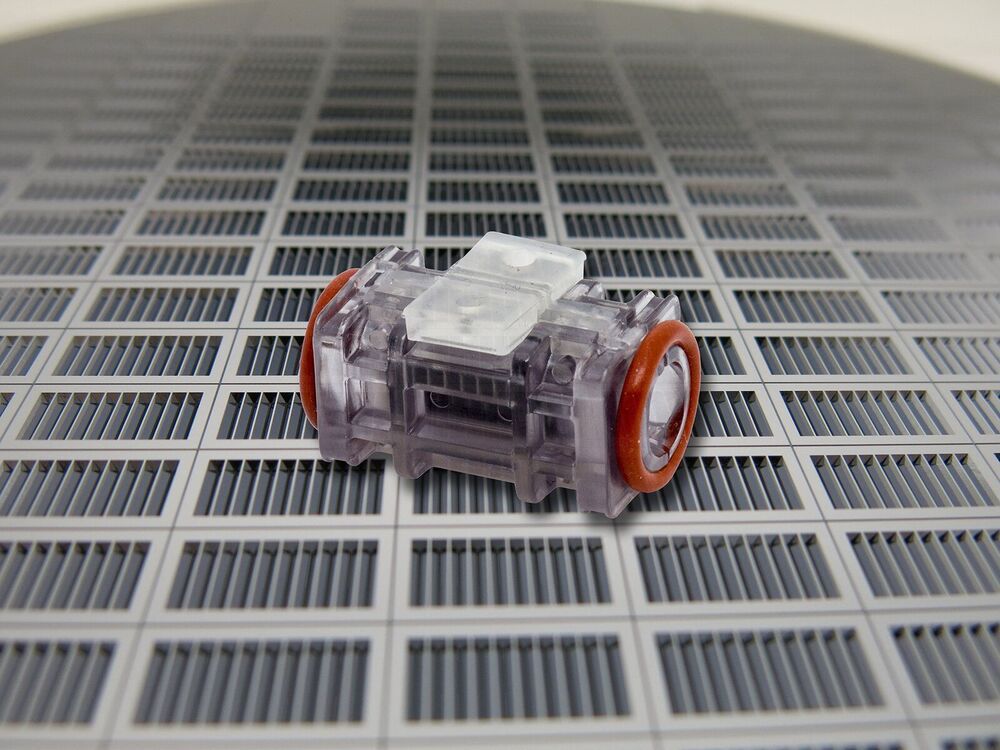Other companies, including BlueNalu Inc., Upside Foods Inc. and Eat Just, have expressed an intention to sell cell-based products in the U.S. Like them, Future Meat must get approval from the U.S. Department of Agriculture and the Food and Drug Administration before offering its products to the public. Kshuk is optimistic, though reaching price parity with conventional meat will probably take the nascent industry a few years.
An Israeli startup wants to replace chicken coops, barns and slaughterhouses with bioreactors to churn out cell-based meat for American diners.
Future Meat Technologies Ltd. is in talks with U.S. regulators to start offering its products in restaurants by the end of next year. The company has just opened what it calls the world’s first industrial cellular meat facility, which will be able to produce 500 kilograms (1102 pounds) a day.
“From the get-go, our main focus was around scaling up and reducing cost in order to have a commercially viable product,” Chief Executive Officer Rom Kshuk said in an interview.
